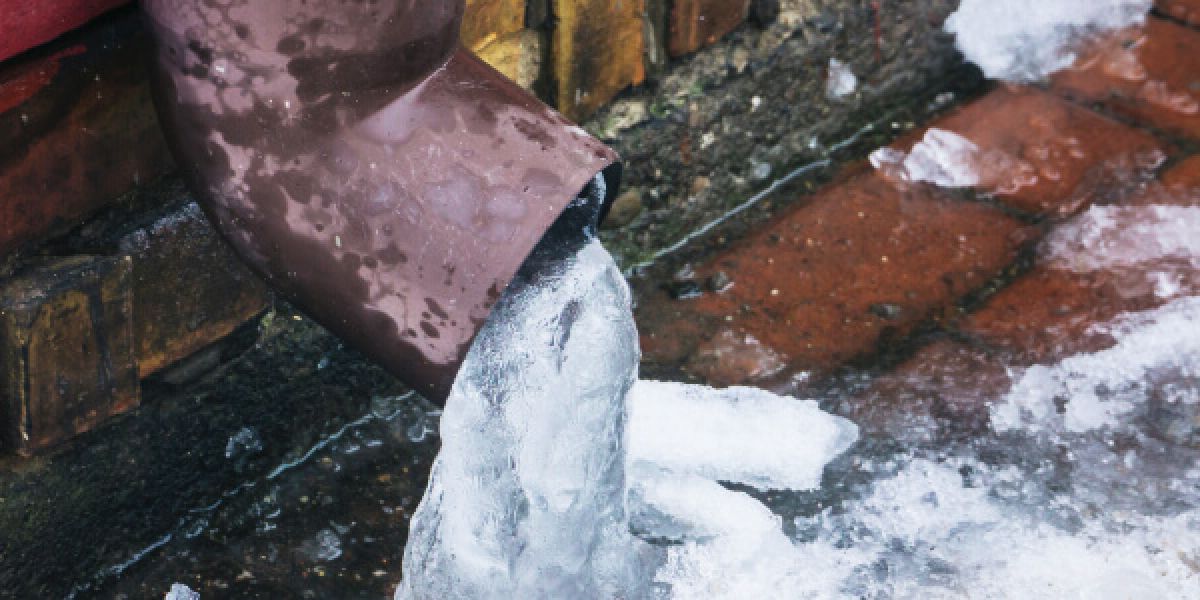Tips to Protect Pipes from Freezing: Professional Guidance
Tips to Protect Pipes from Freezing: Professional Guidance
Blog Article
Presented here on the next paragraphs you'll find a lot of good data in regards to Prevent Frozen Pipes .

Winter can ruin your plumbing, especially by freezing pipes. Here's exactly how to prevent it from happening and what to do if it does.
Introduction
As temperatures decrease, the threat of icy pipes increases, possibly resulting in pricey repair services and water damage. Understanding how to avoid icy pipelines is important for homeowners in cold environments.
Prevention Tips
Insulating susceptible pipelines
Cover pipes in insulation sleeves or use warm tape to protect them from freezing temperatures. Concentrate on pipes in unheated or exterior locations of the home.
Home heating techniques
Maintain indoor rooms appropriately heated, particularly areas with plumbing. Open up cupboard doors to permit warm air to flow around pipelines under sinks.
Exactly how to determine frozen pipes
Look for lowered water circulation from taps, uncommon smells or noises from pipelines, and noticeable frost on revealed pipes.
Long-Term Solutions
Architectural changes
Think about rerouting pipes away from outside wall surfaces or unheated locations. Add additional insulation to attics, basements, and crawl spaces.
Upgrading insulation
Buy top quality insulation for pipelines, attic rooms, and wall surfaces. Appropriate insulation aids maintain regular temperature levels and reduces the threat of frozen pipelines.
Securing Exterior Pipes
Yard hoses and outdoor faucets
Disconnect and drain pipes yard pipes before winter season. Set up frost-proof faucets or cover outside faucets with shielded caps.
Comprehending Frozen Pipelines
What creates pipes to freeze?
Pipelines ice up when revealed to temperature levels below 32 ° F (0 ° C) for prolonged durations. As water inside the pipelines ices up, it increases, taxing the pipe walls and possibly triggering them to break.
Dangers and damages
Icy pipelines can bring about supply of water disruptions, home damage, and expensive fixings. Ruptured pipes can flooding homes and create considerable architectural damages.
Indications of Frozen Piping
Recognizing icy pipelines early can avoid them from bursting.
What to Do If Your Pipes Freeze
Immediate activities to take
If you suspect icy pipelines, maintain taps open up to ease stress as the ice thaws. Use a hairdryer or towels soaked in warm water to thaw pipes gradually.
Conclusion
Avoiding icy pipelines requires proactive steps and fast reactions. By comprehending the causes, indications, and safety nets, property owners can safeguard their plumbing during cold weather.
5 Ways to Prevent Frozen Pipes
Drain Outdoor Faucets and Disconnect Hoses
First, close the shut-off valve that controls the flow of water in the pipe to your outdoor faucet. Then, head outside to disconnect and drain your hose and open the outdoor faucet to allow the water to completely drain out of the line. Turn off the faucet when done. Finally, head back to the shut-off valve and drain the remaining water inside the pipe into a bucket or container. Additionally, if you have a home irrigation system, you should consider hiring an expert to clear the system of water each year.
Insulate Pipes
One of the best and most cost-effective methods for preventing frozen water pipes is to wrap your pipes with insulation. This is especially important for areas in your home that aren’t exposed to heat, such as an attic. We suggest using foam sleeves, which can typically be found at your local hardware store.
Keep Heat Running at 65
Your pipes are located inside your walls, and the temperature there is much colder than the rest of the house. To prevent your pipes from freezing, The Insurance Information Institute suggests that you keep your home heated to at least 65 degrees, even when traveling. You may want to invest in smart devices that can keep an eye on the temperature in your home while you’re away.
Leave Water Dripping
Moving water — even a small trickle — can prevent ice from forming inside your pipes. When freezing temps are imminent, start a drip of water from all faucets that serve exposed pipes. Leaving a few faucets running will also help relieve pressure inside the pipes and help prevent a rupture if the water inside freezes.
Open Cupboard Doors
Warm your kitchen and bathroom pipes by opening cupboards and vanities. You should also leave your interior doors ajar to help warm air circulate evenly throughout your home.

I stumbled upon that write up on 6 Ways to Prevent Frozen Pipes when doing a lookup on the internet. In case you enjoyed our page kindly be sure to pass it around. Thank-you for taking the time to read it.
Click Here Report this page